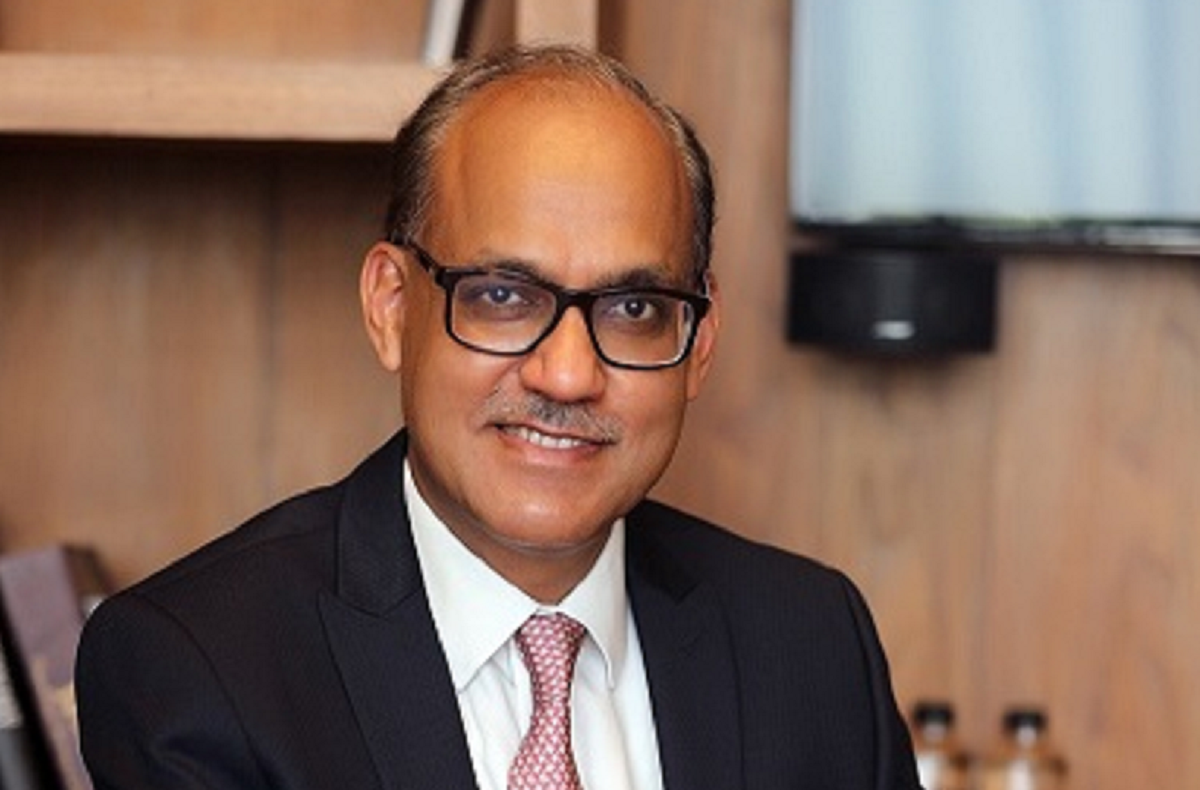NEWS
SBI Card NPA swelling signals deeper financial woes
SBI Card reports record spike in bad loans. At the peak of the lockdown due to Covid, it blocks 12.5 lakh cards.
SBI Card reports record spike in bad loans. At the peak of the lockdown due to Covid, it blocks 12.5 lakh cards.

They say one swallow does not make a summer. So, is the record spike in bad loans on the quarterly report of SBI Card a blip on the horizon, or does it signify the shrinking of finances of India's middle class, many of whom are grappling with job losses or pay cuts as the coronavirus pandemic continues to crimp economic activity?
At the peak of the lockdown due to the outbreak of Covid, the credit card company was forced to block 12.5 lakh cards. The stress in the economy is being felt across the social strata but banks are particularly worried about their unsecured loan book turning sour.
SBI Card's gross non-performing asset (NPA) rose sharply to Rs 1,790 crore in the fiscal second quarter ended 30 September, including stressed loans where the court had ordered status quo. If these loans were included, gross NPA would take up 7.6% of the company's loan book, higher than the company's normal run rate of 2%.
The Supreme Court on 3 September ordered an interim stay on classifying bad loans. According to the order, those accounts which had not been declared as NPAs as on 31 August should not be declared bad loans until the case was disposed of. Banks are expected to use this relaxation in the September quarter or till the final orders are passed.
"We have classified our accounts faster than some of the other banks, but the pain is going to hit everyone in the first quarter. Most of these accounts were under moratorium, but now most of them are regularly repaying," SBI Card managing director and chief executive officer c told analysts.
The company devised an in-house scheme so that customers are able to manage their repayments. Easy Payment Plan is one such window where the customer can prepay their outstanding and then have their accounts regularised.
During the lockdown SBI Card had blocked 12.5 lakh cards so that customers could streamline their repayments. The company had 160 bookings under the scheme where the customer has to clear the amount due and has an option to pay something extra to avail of a much lower rate of interest than what is charged to a revolving customer. For 12.5 lakh customers who had taken the moratorium, the company had blocked the limits so that further spending was not possible. Both for RBI-restructured cards and for EPP cards, the limits were reopened when certain quantum of overdues were repaid.
Delinquencies led to lower profitability, forcing the company to provide capital buffers on its bad loans. The company reported 45% drop in net profit to Rs 278 crore in the second quarter ended 30 September 2020 over the previous period.
"Gross NPAs are Rs 1,028 crore, which is 4.3% of the gross outstanding. The stressed overdues of Rs 762 crore were not classified as NPA because of the SC's standstill clause. Therefore the total number including this standstill would be Rs 1,790 crore and that accounts for 7.46%. So that's the first big number. You also have an RBI restructuring number of Rs 2,108 crore," Tewari said.
"In the first quarter, most of the stressed assets were under moratorium. If customers did not have overdue of more than 30 days on 1 March, they were eligible for restructuring. Also, they need to have faced Covid stress, which means some unpaid EMIs. We offered the restructuring to everyone who was eligible. Those who didn't pay, or didn't respond or give consent became NPAs," Tewari added.
Meanwhile, SBI Card is ramping up its new customer base across geographies. Two successful consecutive monsoons is opening up new markets for the only listed credit card company in India. There are opportunities in Tier II and beyond cities where the company is spreading its footprint piggybacking on the branch network of its parent, the State Bank of India.
From 1.06 crore cards in the first quarter, the company claims it has now 1.10 crore cards in force at the end of September 2020. It added 6,88,000 new accounts in the quarter, sharply higher than the 2,88,000 accounts it had added in the first quarter by introducing the "Shop Now but Pay Later" concept in smaller towns.
"So, our comfort is that most of this Tier III and beyond is coming from the bank branches of parent SBI. Therefore that is where we know the account, we have visibility on the account. We also have the transaction history of the person. And also finally, we also have access to the account. We can sweep the balance from the account where there is to be a default. So, a combination of all three gives us confidence that this will behave well, and the delinquency number without that so far has been lower than the Tier I number," Tewari said.
At the end of the second quarter, about 84% of the cards were issued to the salaried class and 16% to the self-employed. 38% of the salaried class were employees of PSUs, and 37% were category A customers and 24% were category B customers.
But banks such as Kotak Mahindra Bank, Axis Bank and IndusInd Bank have turned cautious on its unsecured book fearing that if indeed one swallow made a summer, they would prefer not to take the heat.
